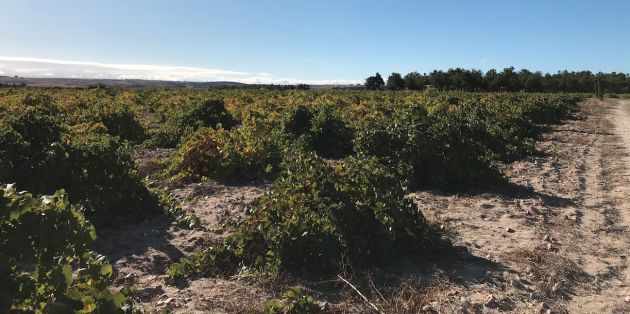
Rueda DO gets approval for series of modifications
The Rueda DO has got the approval to carry out a series of modifications to its product specification (basic DO regulations) and labelling instructions.
The new product specification establishes a single back label for white still wines and introduces new varieties such as Viogner and Chardonnay.
Additionally, the Rueda DO will feature a new category - ‘Gran Vino de Rueda’.
The changes form part of the Rueda DO’s strategy to open itself further to domestic and international markets, and to respond to the new demands of the Spanish accreditation body, the Entidad Nacional de Acreditación (ENAC).
“All these changes respond to our wineries' desire to adapt to the market and consumer demands, both nationally and internationally. Now they have more possibilities to stand out in the market and more freedom in wine making with the DO Rueda seal,” said Carmen San Martín, President of CRDO Rueda.
It was also an opportunity for winegrowers to work with new varieties which have according to studies proven to “adapt perfectly to our climate and soil”, she added.
“This process is the result of the Regulatory Council's interest in surprising the market with value-added products, always championing the origin of wines and committing to the rigorous quality controls of the DO Rueda.”
Details of the most significant changes are as per below.
New classifications:
Only one category will be in place for the 2019 (still) white wines vintage: RUEDA, which merges the old classifications of ‘Rueda Verdejo’, ‘Rueda Sauvignon’ and ‘Rueda’.
A new category - ‘Gran vino de Rueda’. This category corresponds to wines made with grapes from over 30 years old vineyards, with a yield of less than 6,500 kg per hectare and a 65% processing ratio. These wines can start being produced in the 2020 season and will carry a different back label.
A new type of wine is included: Rueda Pálido. A traditionally crafted wine in Rueda that had disappeared from the DOs wine classification system.
The concept of ‘Vino de Pueblo’ emerges, which may show the municipality from which the grapes derive, provided that the percentage of grapes from that village is equal to or greater than 85%.
Sparkling wines may include the words ‘gran añada’ (excellent harvest) when the production process, from pressing to disgorging, exceeds thirty-six months. This reference must be followed by the year of the harvest.
New varieties:
Whites: Two new varieties are introduced. The Viogner, characterized by its floral bouquets and the Chardonnay, easy to grow and highly adaptable to the terroir and different weather conditions.
Reds: A Syrah is introduced, delivering a full bodied wine with a wide range of flavors.




